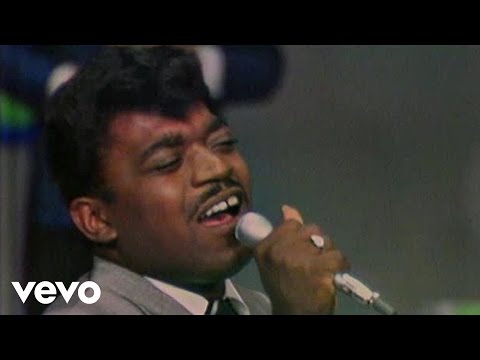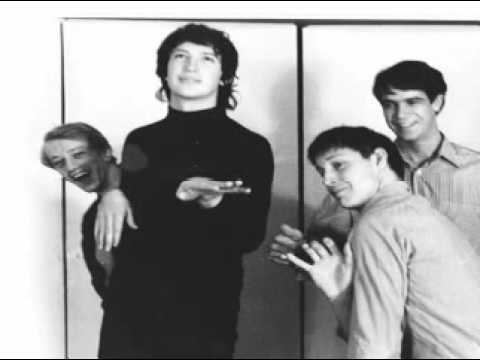If you’re on the hunt for a new guitar, whether you are just a beginner or an experienced professional, you’re going to be greeted with a lot of different options. For those that have been playing for a while, you may have a favorite brand or guitar, but for those that are just beginning, it may be challenging to choose which brand will work for you and your music.
Among the plethora of options you have to choose from when it comes to brands, two of the most popular are PRS vs Gibson. Each of these guitar brands offers high-quality options with a wide range of models, so we can understand why it would be challenging to decide which one you’re going to spend your hard-earned money on.
In this in-depth comparison between the two brands, we will take a look at not only the tone and construction but a little about the companies. By understanding the history and mission statements of these companies, you may be able to narrow down which one is the right fit for you. So let’s put PRS and Gibson head-to-head to see how they compare to one another.
About PRS
Starting as a challenge from a college music professor Paul Reed Smith began crafting high-quality guitars decades ago. He continued making customized guitars, testing each one out to ensure that he found the right components and designs to make his guitars the best on the market. Eventually, he found some pretty big names to invest in his guitars, including Carlos Santana and Howard Leese.
Once he had enough orders, he decided to take it on the road and took with him two different models. He began offering his work to guitar dealers on the East Coast. Over the next several decades, PRS guitars have become one of the most popular and reputable guitars on the market. That being said, let’s take a look at what makes these guitars so well respected in the hopes that you’ll be able to figure out which of the two brands works for you.
Tone
This may be where the two guitars vary the most. Though both guitars are produced to have a fantastic sound, they are constructed with a different outlook when it comes to the tone. PRS guitars tend to sound a little thinner while still delivering a rich and harmonic sound.
They tend to be crafted to be more focused on the upper and mid ranges, which gives them a better tone for the lead guitar player. This is because it has better clarity and presence. Some feel the PRS is not as clean sounding as the Gibson when it is plugged into an amp only with the basic settings.
Construction
OK, so let’s start with the body shapes and construction of the PRS. PRS are all designed around a central design with a signature curvy shape. There are a few variations to this.
However, you may be able to find single-cutaway as well as double cutaways when it comes to the overall design. Another aspect of the construction is the neck joint which PRS guitars tend to use a set neck design. This plays a part in the different tonal quality between the two guitars. Set necks tend to have better resonance and decay as the vibrations are more evenly distributed through the neck and the body.
Regarding the neck and fretboard, PRS tends to have a scale length of 25 inches, which can have a slight impact on the comfort and feel of the guitar itself. When it comes to the front count depending on the model, of course, most PRS guitars range from 22 to 24. And they use a medium-jumbo size fret. The neck itself varies from PRS model to model. Some will have a wide fat neck, and some will have a wide thin shape. But all of them are composed of a rosewood fretboard.
Next up on the comparison of construction components is the electronics. Both guitar companies utilize high-quality pickups, with the PRS tending to use a pickup that utilizes open-sounding humbuckers for a clean tone. This gives the guitars a bit of a thinner sound and, coupled with an active pickup, also helps increase the gain signal. The controls for a PRS tend to come in a three-way selector switch. They offer good responses and a wide range of settings.
Lastly, the hardware needs to be discussed. PRS guitars use a patented tuner system that is composed of machined heads. These do not have locking features, unlike many of the Gibsons. PRS also tend to use tremolo systems when it comes to the bridges.

About Gibson
There are just some brands that stand alone when it comes to iconic guitars. When you hear these names, you automatically think of classic iconic rockers or guitarists, and one of those just happens to be Gibson.
Starting way back in the 1800s, this company initially crafted mandolins and eventually expanded the instrument manufacturing to include other wooden options. In 1896 Orville Gibson filed for his only patent, a solid-construction mandolin with a carved top and back. This design would go on to be the inspiration for the guitars of the future.
In 1902 the Gibson Mandolin and Guitar Manufacturing Company opened its doors in Michigan, and the rest, as they say, is history. Throughout the early 1900s, he continued to make advancements in crafting and added extra flourishes as well.
As the 1950s and 60s saw the rise of rock, the guitars grew in popularity and only have continued their growth. With so much history behind it and tried and tested methods of design, let’s take a look at the two main factors that one should look at when trying to figure out which guitar to invest in.
Tone
When it comes to their sound, Gibson guitars can be played clean or with tons of amp settings. In fact, many people who play with many settings and pedals prefer Gibsons because they have a better sound in this aspect.
When listening to the sound of a Gibson, you’re going to notice that it is more aggressive. It has a richer pickup and warmer tones and works very well with low frequencies. The percussive attack and increased gradual decay make for a perfect option for soloists because of the deep rhythmic tones.
Construction
If you want variety when it comes to the body shape and construction of your guitar, then Gibson offers a better variety of options. There is something for every type of guitar player, ranging from a single-cutaway to a double-cutaway Gibsons.
So if you’re looking for something with sharper or square angles and a more comprehensive range, including the iconic archetype hollow body acoustic guitars, then Gibson is a good choice for you. As far as the neck joint goes, Gibson opts to use a bolt on the neck as well as a set neck depending on the model.
When it comes to the neck and fret design Gibson stands apart. Depending on the model, you can have the standard 25-inch length, but some models offer a slightly shorter one. Gibson models may have 22 frets and, depending on the model itself, will vary between a medium-jumbo and a tall fret when it comes to size. Gibson will use rosewood fingerboards and likes to stick to the rounded C-shaped neck with a slim taper, especially when it comes to their last pole models.
Regarding the electronics, particularly the pickups, Gibson likes a humbucker pickup and tends to use two per guitar. However, some models have three different pickups. The exact pickup will depend on the model of the Gibson guitar you’re opting to purchase.
No matter what happens, each of these pickups offers a warm and rich sound with a nice touch of distortion and overdrive. These guitars work well with amplifiers as well as a wide range of pedals. This is really where Gibson outshines PRS when it comes to electronics options. They offer a wide range of more advanced options, which gives a more flexible sound-crafting capability.
The hardware is, of course, just like we said above, high quality no matter which brand you choose. Gibson uses top-quality tuning pegs, which means they tend to hold their tune very well. On top of that, Gibson models (some models) offer a whammy mechanism and world-class hardware.
Final Thoughts
In the end, just like anything else, you want to find the guitar that matches your sound, preference, and budget. For those that are working with music, genres with high levels of amplification and distortion necessary, a Gibson may be a better option for you.
However, if you’re looking for something that has a clean tone that can have effects added to it, the PRS is an excellent choice. No matter which choice you make, you’re going to wind up with a quality guitar, and that’s what matters. So choose which is best for you and get shredding!




















